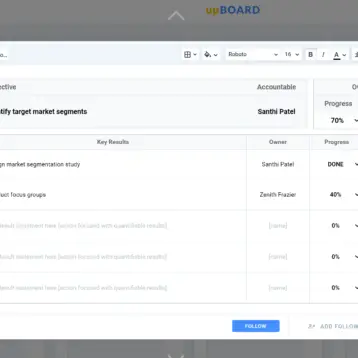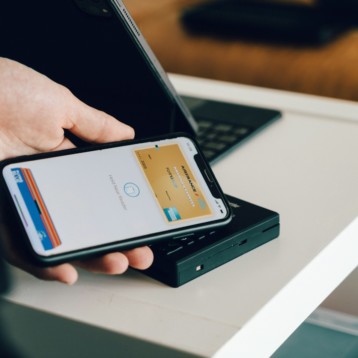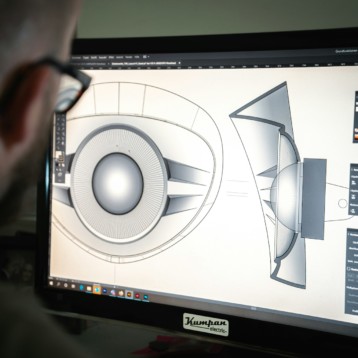|
The Single Event Upset Xilinx-Sandia Experiment (SEUXSE) is part of the seventh series of NASA’s Materials on the International Space Station Experiment (MISSE) program launched on November 16, 2009 and installed on the ISS on November 23 of that year. SEUXSE is designed to test the impact of single event upsets – single particle collisions with the components – and ensure that a stray particle won’t accidentally flip a 0 to a 1 or vice versa. SEUXSE consists of a Xilinx Virtex 4 FPGA (already individually space certified) and a Virtex 5 FPGA (not currently space certified) connected to the ISS power supply by Sandia-designed power converters called point of load converters.
Using reprogrammable FPGAs would permit changes to the usage model and data collection directives of components in space rather than forcing hard coding of all components prior to launch. This could greatly extend the usable lifetime of orbiting observatories and equipment. In addition, equipment using these components generally have much greater bandwidth than equipment using currently certified components. As data streams get more complex, lack of bandwidth from space is becoming a significant issue to overcome.
|
The SEUXSE experiment is sending live data to Earth on a continuous basis. In addition, the hardware will be returned to Earth in July for direct examination (it will be replaced at that time by a slightly updated SEUXSE II module with a newer version of the Virtex 5 FPGA). By examining the downloaded data and the state of the components once they are recovered, researchers can determine risks associated with their use in space and determine how to mitigate them to enable deployment of equipment using these components.
TFOT previously reported on other research at Sandia National Laboratory including sensors that can detect structural damage to bridges and overpasses, the discovery of performance issues related to multicore processing, the creation of efficient glitter-sized photovoltaic cells, carbon nanotubes capable of detecting light across the entire visible spectrum, and diamond-like thin carbon films used in NASA’s IBEX explorer.
Read more about the SEUXSE in this Sandia National Laboratory press release. Read more about the MISSE program in this NASA fact sheet.












